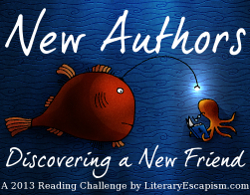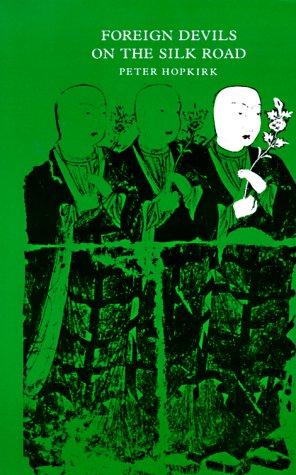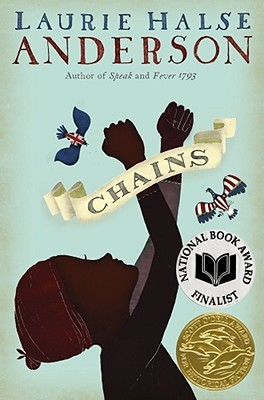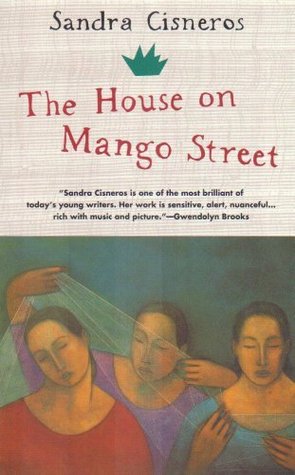Source: STRATEGIES Literary Public Relations
Hardcover, 36 pages
I am an Amazon Affiliate
Polarity Bear Tours the Zoo: A Central Park Adventure by Sue de Cuevas, illustrated by Wendy Rasmussen has such realistic illustrations, the people and animals in the zoo pop out from the page. Polarity is a polar bear who yearns for adventure, and she does have one in the Central Park Zoo after it closes and she finds her bars broken down. The images are bright and the poem is well rhymed, which is tough to do well. From visiting the sea lions to trying to dance with carousel horses and clock animals, Polarity finds that the adventure she’s on has its pros and cons. She wanders about enjoying herself at first, but soon her bubble is burst…again and again.
The crux of the story resembles the grass is always greener on the other side mantra that things that we don’t have are always better than what we do have, but like Polarity bear, most of us find that what we have is just what we need and we should be happy and content. It also seems like there could be a series of adventures in store for this bear in other books. Polarity Bear Tours the Zoo: A Central Park Adventure by Sue de Cuevas, illustrated by Wendy Rasmussen, is well illustrated and written, though the verses are a bit long for my daughter (age 2) to sit through without much interaction. However, crafty parents can find things for kids to locate in the pictures and name if their child’s mind starts to wander.
About the Author:
Sue de Cuevas has been telling children’s stories all her life, but this is the first one she wrote down. As Sue Lonoff, she spent thirty years as a teacher and administrator at Harvard University, retiring in 2011. She also writes scholarly books and articles and is a specialist on the Brontë sisters.
About the Illustrator:
Wendy Rasmussen developed a passion for drawing people and animals as a child growing up in rural New Jersey. After graduating from Drew University with a B.A. in biology and art, she worked as an art director in the advertising industry for 14 years. In 1989 she became a full-time freelance illustrator and established Mill Race Studio. She has illustrated over 25 books, most of which involve animals.



 About the Author:
About the Author:




 About the Poet:
About the Poet:






 About the Author:
About the Author:




 About the Author:
About the Author:


